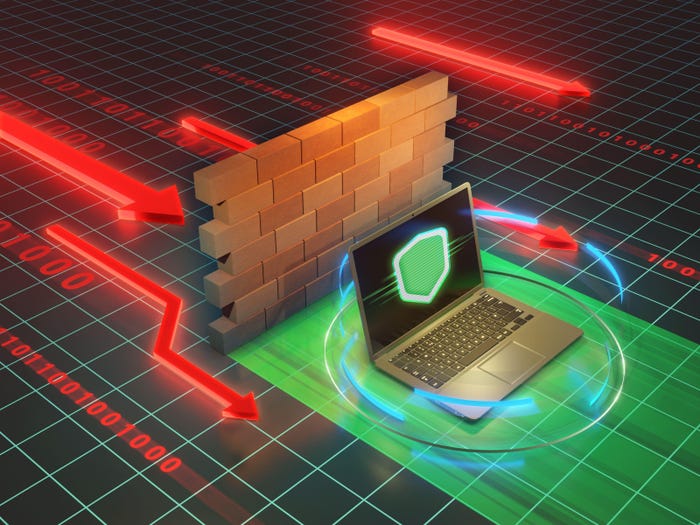iSCSI: Where Credit Is Due
SCE Federal Credit Union says IP SAN saves time, money on backups
November 9, 2005

With servers proliferating like crazy and backups taking the better part of eight hours, it was time for the SCE Federal Credit Union in Irwindale, Calif., to mothball a network-attached storage system that had outlived its usefulness.
Email backup and archiving were eating up lots of time and capacity, as was a move to an optical system for storing images of member profiles. And while there was nothing wrong with the Dell NAS the credit union had in place, it was clear that growth required them to buy more of the same gear or go to some sort of networked storage approach, according to Jeff Johnson, network administrator at SCE.
As in many enterprises, it was an inflection point,” an analyst term that roughly translates as “time to upgrade.” And like many other customers, the credit union faced the usual price vs. performance conundrum. Where networked storage is concerned, that typically leads to a Fibre Channel vs. iSCSI and IP SAN decision.
The six-branch SCE may have 42,000 members and assets of $350 million, but the credit union is careful about how it spends. So the IT department did the due diligence and looked at Fibre Channel as well as two different iSCSI options -- one from LeftHand Networks and the other from StoneFly Networks. But Johnson says he was turned off by the proprietary iSCSI protocol LeftHand uses, and the upfront costs of Fibre Channel were a little too dear. A source at LeftHand acknowledged that the vendor once relied on the AEBS protocol in its equipment, but added that the vendor has been compliant with the iSCSI standard for more than a year.
“Anything we looked at in the Fibre Channel realm was $250,000, plus the extra layer of fiber [cable] that we were looking to avoid, both from a cost and ongoing management perspective," Johnson says. “Plus we already had the IP infrastructure with our Cisco gigabit Ethernet [backbone].”For $115,000, Johnson got two StoneFly iSCSI boxes with 4.3 Tbytes of capacity in Irwindale and a single iSCSI box with 1.4 Tbytes at a disaster recovery site. SCE also bought the StoneFly Backup Assurance (SBA) software that the vendor OEMs from CommVault.
The credit union previously used Veritas Backup Exec with the Dell NAS, but it took eight hours or more to complete a backup. And that began to overlap with regular business hours -- precisely the sort of conditions most IT departments work hard (and stay up late) to avoid. Those same backups now take just a couple hours, and restoring data doesn't require waiting as much as two days for a third party to find and deliver the right tape.
StoneFly did two other smart things to help it win the credit union’s business, according to Johnson. One was providing a single point of contact for the iSCSI hardware and the backup software, rather than palming off the customer to CommVault or a hapless integrator to run interference or troubleshoot. Secondly, StoneFly offers a 30-day free trial of the gear, after which the vendor pledged to remove it if SCE wasn’t happy with the way things went. After a satisfactory trial in February and March of this year, SCE was sold on its IP SAN.
Johnson has two minor criticisms: He says it takes longer to format storage capacity in Windows than it does when it’s already on the logical unit number (LUN); and he says the SBA interface gets a little cumbersome at times.
All in all, though, iSCSI gets high marks from the credit union. “While I think it’s good for us, it may not be the best for a transactional system that gets heavy usage,” Johnson notes. “We’re using it for email, optical, and backup, and it works great for that.”— Terry Sweeney, Editor in Chief, Byte and Switch
Organizations mentioned in this article:
You May Also Like
Maximizing cloud potential: Building and operating an effective Cloud Center of Excellence (CCoE)
September 10, 2024Radical Automation of ITSM
September 19, 2024Maximizing Manufacturing Efficiency with Real-Time Production Monitoring
September 25, 2024



